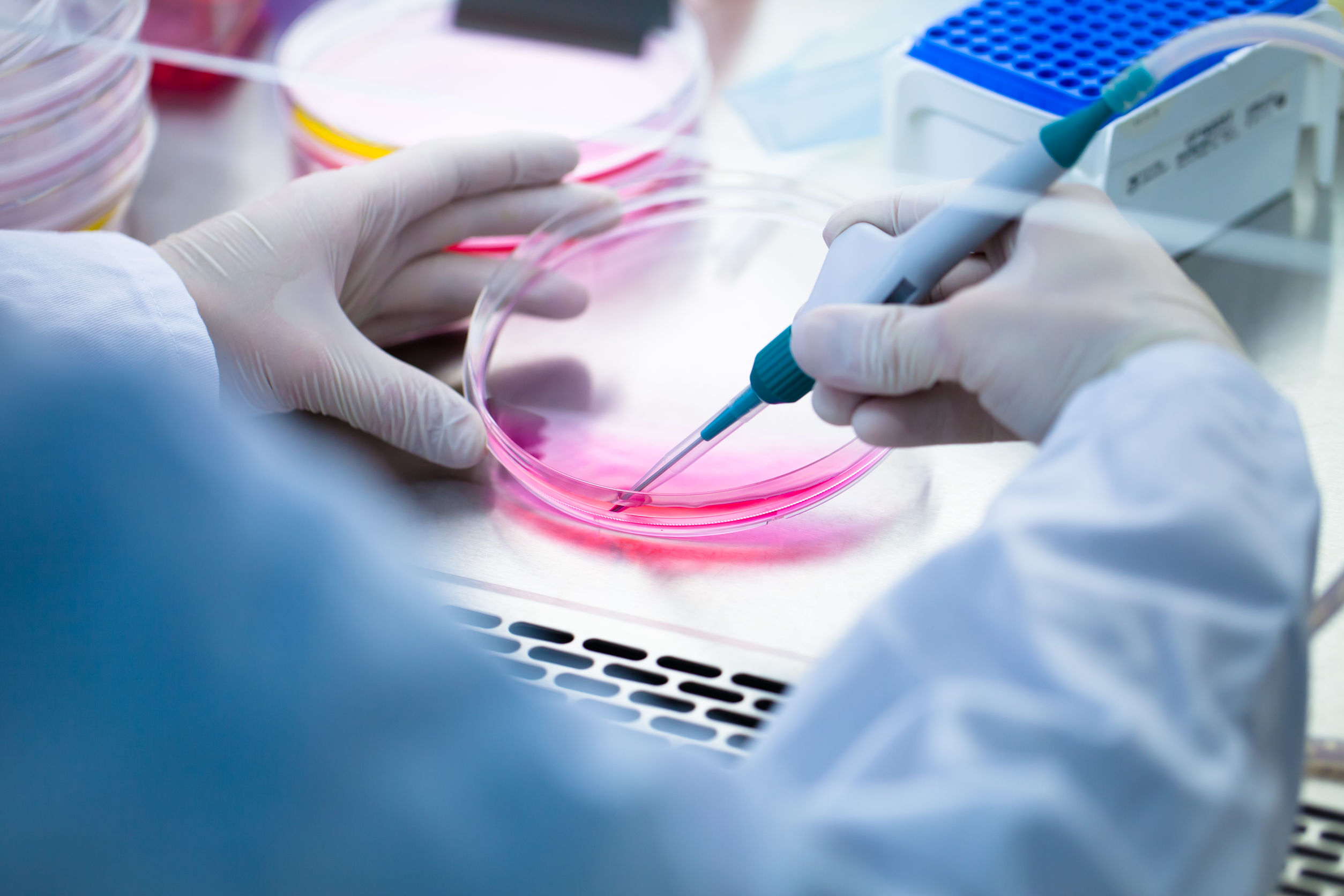The Leader Ayatollah Seyyed Ali Khamenei issued a religious decree in 2002 declaring embryonic stem cell research acceptable under Islamic law. American scientists at the time were stuck in an epic political debate over the cells’ use, but Iranian researchers had a green light to launch various experiments, develop cell lines, and invent novel therapies.
In the 14 years since then, Iranians have made great strides in stem cell research. With the sanctions eased in January 2016, there are opportunities for collaboration with non-Iranian scientists—which has Ali Brivanlou, who leads the Stem Cell Biology and Molecular Embryology lab at The Rockefeller University, intrigued about the possibilities, says an article on science news website Mental Floss.
Brivanlou discusses the state of stem cell research in Iran—and what other scientists might learn from that research—during a recent presentation at the American Association for the Advancement of Science annual meeting in Washington, DC.
Born in Tehran, Brivanlou did his post-doctoral research at the University of California, Berkeley, and continued his career in the United States. When sanctions were lifted, he visited Tehran. “After 36 years, I was quite impressed with what I saw,” he said.
“Iran is certainly at the cutting edge of stem cell research, in terms of basic knowledge and application platforms.”
Brivanlou later spoke to Mental Floss about the potential benefits of collaborating with Iranian scientists. So too did panel organizer Richard Stone, who oversees international coverage at the journal Science. Stone noted that before the sanctions were lifted, “there were too many constraints for any American-Iranian scientific collaborations to really work. That turned scientists off.” Now new possibilities are opening up.
Stem Cell Research in Iran
The Royan Institute in Tehran, a city of nearly 12 million people, is an embryonic research safe haven. (Royan means “embryo” in Farsi.) Iran didn’t view stem cell research as problematic because under Islamic law life is defined not at conception, but when one can distinguish a heartbeat, Brivanlou says.
Royan scientists began operating embryonic cell lines in 2003, and now have over 40 different lines in clinical trials, he said.
In 2006, they successfully cloned a sheep, naming it Royana, and last year they cloned an endangered animal—an Isfahan mouflon (a wild sheep). “This was their tour de force,” he said at the Washington conference. “It was a nucleus of a mouflon grown inside a sheep.”
While the world scrutinized Iranian nuclear advance, the country’s stem cell embryonic research had risen to the scientific forefront.
Partnering with Iranian colleagues offers many advantages, Brivanlou said. Iranian scientists have experimented in different research areas—such as cloning endangered species to prevent their extinction. (Besides the mouflon, they’re also working on potentially cloning an endangered white tiger that lives in the mountains of Iran.)
They focused on finding ways to treat region-specific infectious diseases and genetic disorders caused by inbreeding. They also focused on producing antidotes to local venomous snakes such as cobras. These technologies can help countries neighboring Iran, which face similar medical and environmental challenges but aren’t as advanced.
Scientific Creativity
It’s important to note, Brivanlou said, how much Iranian scientists were able to achieve with the rudimentary tools they had as western biochemical companies couldn’t sell products to Iran, and Iranian scientists had to do everything from scratch.
A bioreactor Brivanlou saw in Iran looked as if it was made in someone’s garage. “It was just a metal chamber with a couple of tubes and a burning candle underneath to keep it at the right temperature—but it worked and it grew cells.”
Joining forces in research would unlock the untapped potential that Iranian stem cell scientists hold, Brivanlou said. It would also allow western and Iranian scientists to share and exchange research materials, allowing for greater genetic diversity in experiments.
Brivanlou hopes to begin collaborating soon. “My dream is to have universities in the US, such as The Rockefeller University, and institutes in Iran, such as the Royan Institute, to be engaged in a double exchange program as soon as possible,” he told the conferees.


